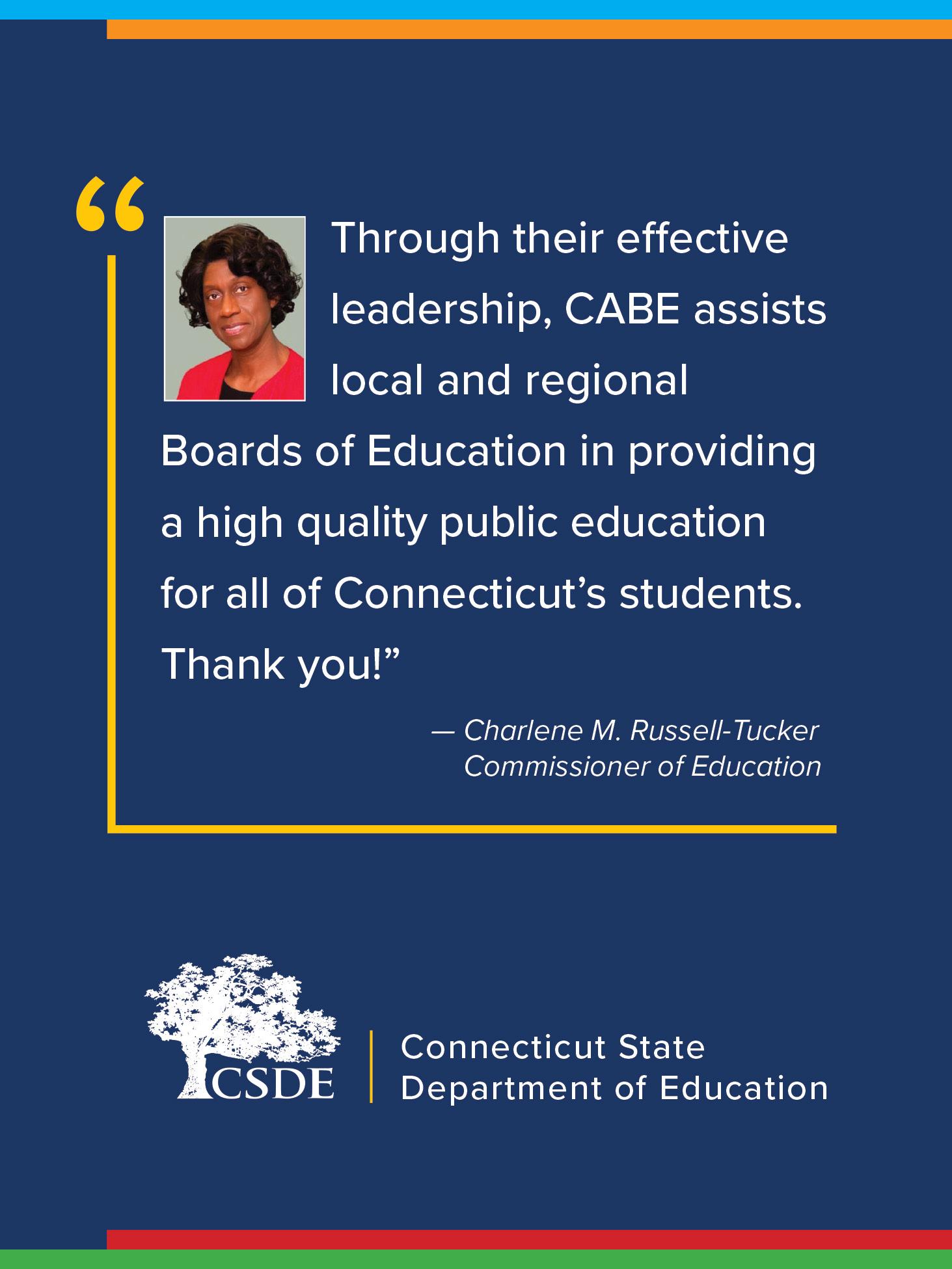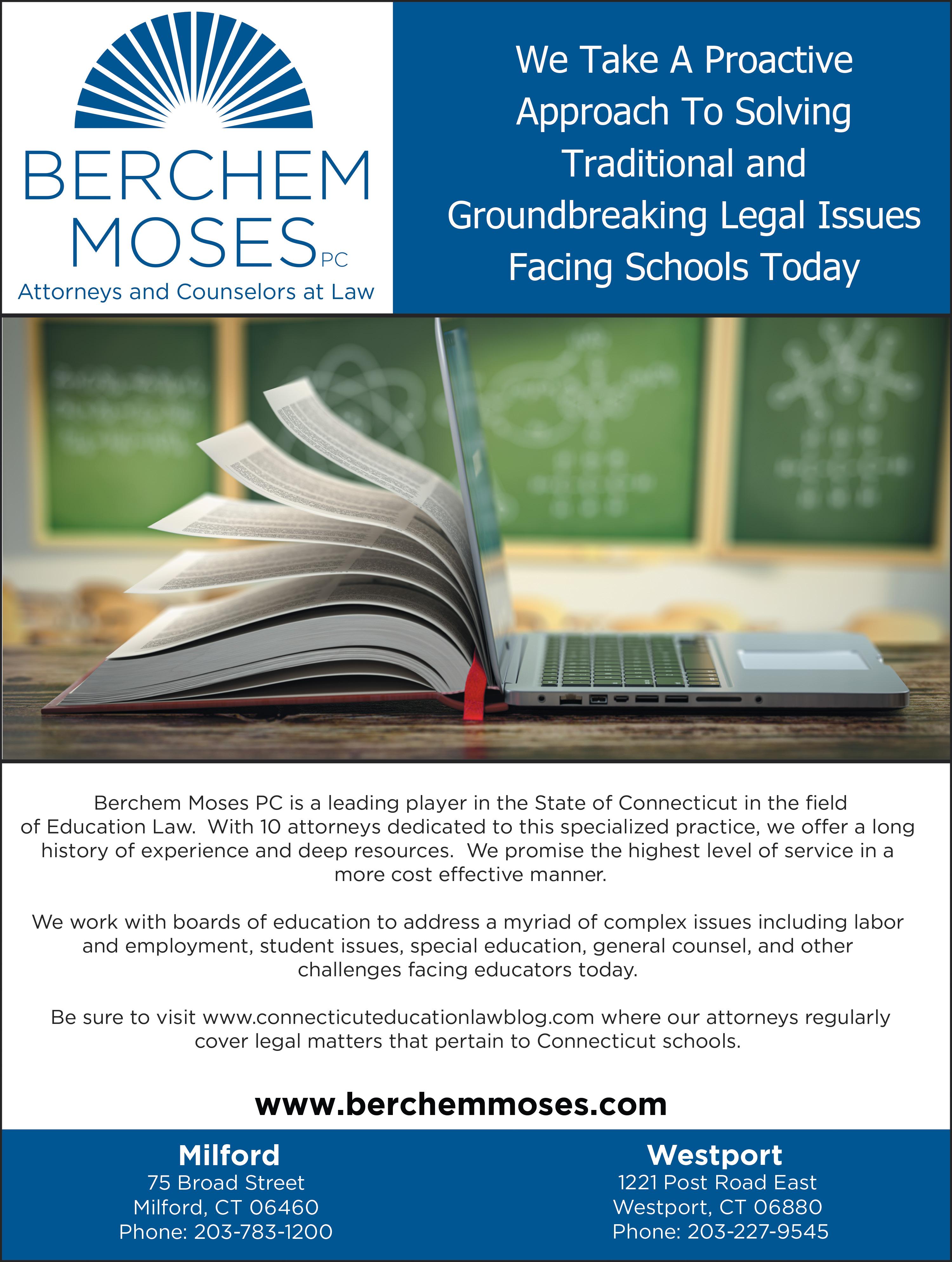
2 minute read
THE POLICY CORNER Artificial Intelligence in the New School Year
Jody Goeler
Sr. Staff Associate for Policy Service, CABE
Advertisement
As schools begin the 2023-24 academic year, it is likely when superintendents and board members talk with colleagues from other districts, one question will be, “So what are you doing with ChatGPT?”

While Artificial Intelligence (AI) generally and ChatGPT specifically have been in development for years, this AI tool able to generate responses to virtually any question began to receive significant news coverage around January. Just as I was transitioning into my new policy role at CABE, I immediately began delving into this topic and its implications on teaching and learning as well as district operations and of course, policy.
My first step was to find an expert out there who could share insights, common terminology, and basic instructions on how ChatGPT worked. YouTube, at that time, had a handful of posts – one from a high school student presumably attempting to allay teacher concerns and what he thought will be an overreaction to the new technology.
This “content creator” instructed his audience on what it is, what it can do, and how it could be utilized to enhance instruction, how students could utilize it to cheat, and ways to take both into account when developing lessons.
His main point? Rather than futile attempts at trying to lock down the tools and forbid their use, he counseled his audience to adjust their assignments, to think carefully about how they frame their questions for students to answer, and remain open to a new landscape of opportunities AI presents to advance critical thinking, creativity, and student engagement.
From this pathway into my emerging understanding of ChatGPT, the floodgates appeared to open with reporters – one after another – sharing experiences related to questions they’ve asked and the Open AI responses. Many reporters opened their stories with the typical ledes, only to disclose the opening remarks designed to grab the viewers’ attention were generated by ChatGPT. The stories and the public attention continue to gain speed as we begin the 2023-24 school year.
While the question for educators and boards can no longer be whether we use technology in the classroom, but how, the good news is there many resources, tools, and much guidance online. In fact, you can ask ChatGPT or its close relatives for some leads. A handful of the more common suggestions for using this technology includes allowing students to complete assignments in class, devoting more time for “project-based learning assignment” and integrating opportunities for students to embed their “search” methods into their research/ writing assignments.
An approach echoed by many is to allow the use of ChatGPT and other AI tools, but require students to acknowledge and document how they used them. For example, students could use ChatGPT to receive feedback on their essay drafts and explain which tools suggestions with which they agreed and which they didn’t. This approach engages the use of such tools as a “partner” to assist the student rather than removing him/ her/them from the learning process.
We need to think of technological innovation as a means of augmenting, not automating education. AI can’t be allowed to replace the teacher or the student. However, it can and should be used to advance instruction and improve learning outcomes for all students.
As boards of education consider policy implications related to Artificial Intelligence and large language model technologies, such as ChatGPT and others rapidly entering the marketplace, embedding policy language in current responsible/acceptable use and plagiarism policies appears to be a better approach. As technology continues to experience rapid changes, long-enduring policies will need to allow for those changes by providing broad guidelines.
For example, plagiarism is copying another person’s work and passing it off as one’s own and can be avoided by citing sources. This is true whether the source of plagiarism comes from a digital source or “old school”. At the risk of showing my age, Monarch or Cliff
See ARTIFICIAL INTELLIGENCE page 12









